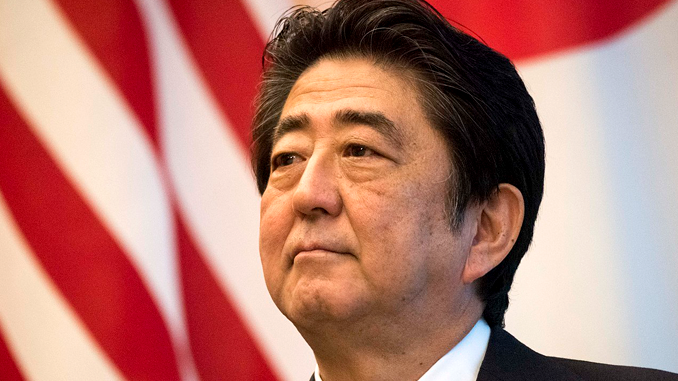
There are three actions which have been demonstrated to work to control the spread of coronavirus:
- Mass testing
- Contact tracing
- Isolation of those with the virus, and those who have come into contact with the virus.
The Trump administration has steadfastly refused to do any of these for any outbreak except for the one which occurred within the walls of the White House. Instead, the President has followed a model by which he leaves all decisions to the states until such time as those decisions rankle his base, at which point he attempts to undermine the local actions.
Similar approaches have been seen in Brazil, where their President insists the disease is only dangerous to the infirm and therefore only the infirm should worry about taking significant precautions; and in Sweden, where a movement toward herd immunity is aimed at limiting the number of cases to a level where the medical community can handle them without crippling their economy or enacting a hard shutdown of personal contact.
Both of these countries have been used repeatedly as examples by the supporters of President Trump. Neither country is being often portrayed as a model anymore, as Brazil and Sweden have moved from having few cases to being two of the more afflicted countries in the world. A similar turn of events happened earlier with the UK, which initially considered a Swedish model until their Prime Minister, Boris Johnson, contracted a nearly fatal case of the disease.
There is another country, one rarely mentioned by the Trump supporters, which has attempted to use a recovery model unlike the rest of the world: Japan.
They have not engaged in mass testing. They only decided to enable contact tracing a week ago, and have not been aggressive in those efforts. Isolation of those with cases has occurred, but not always those who have come into contact with victims. Despite this, their cases have declined not once but twice: once, shortly into the pandemic, and then again in recent weeks following a flare-up in the Tokyo region.
Japan is doing some things well, and it’s not superior protection of its medical personnel. Some of the earliest victims of their second wave were hospital workers and even today there are complaints about inferior PPE. Still, their model has demonstrated success. It’s worth examining why.
First and foremost is the culture. Personal contact is already reduced in the nation. Masks are commonly worn upon first sign of potential illness. There is no handshaking. Personal space tends to be granted reflexively, perhaps as a direct result of the times when the sheer mass of people forces close quarters (such as on mass transit). Most of all, the good of the community is routinely placed above personal desire, leading to those who are ill being prone to self-isolate without being directed to do so.
There’s the hospital system. While the care is often excellent and there are more beds available per million populace than most other nations, what makes the Japanese hospital system work is their refusal to treat covid-19 patients. Hospitals where a medical worker comes down with the disease are put on a 14 day restriction, so many hospitals simply reject treatment of anyone with the disease; they are instead sent to one of the care facilities equipped to deal with the outbreak. If none exist, the people are sent home to self-quarantine and likely die while an opening is sought by their referring physician. These actions result in very few transmissions at medical facilities, which in turn reduce the exposure by those who are already ill with pre-existing conditions.
Last are the lockdowns. Japan initiated a nationwide closure of schools for a while, and since then has encouraged prefectures, communities and businesses to engage in lockdowns as appropriate. While not as draconian as those in other nations, they have engaged in regular quarantine actions.
This combination stopped their initial outbreak, and has, to date, contained their second wave. This, finally, seems to be an example of a working alternate model to the one other countries have used.
The reason Republican leadership is not promoting it as an option is because the Trump administration will not accept this model either.
While the third component, intermittent lockdowns, is in keeping with the Administration goals, the first two measures run directly counter to the message that Trump has been pushing for four years: that we must return to a mythic 1950. In the America of Trumpian imagination, freedom means nothing if people are required to wear masks, aren’t encouraged to shake hands, and aren’t admitted to the hospital immediately if they’ve got any issue whatsoever.
It’s a cultural issue. While some in Japan seem resigned to the requirement that they die for a perceived public good, Trump’s surrogates told his fans that the only reason the hospitals were clogged was because of the brown people, and they’re not going to accept having paid taxes for all those years only to not have access now.
I’m not a fan of Japan’s model, but it is the working alternative the Trump followers are demanding. It’s never going to be feasible in the United States, though. Modern Republicans will refuse to accept it for the same reasons they refuse the main model used by countries which have successfully contained the virus: it requires them to show personal responsibility and sacrifice convenience for the common good. These are nonstarters for Republicans in the Trump era.
